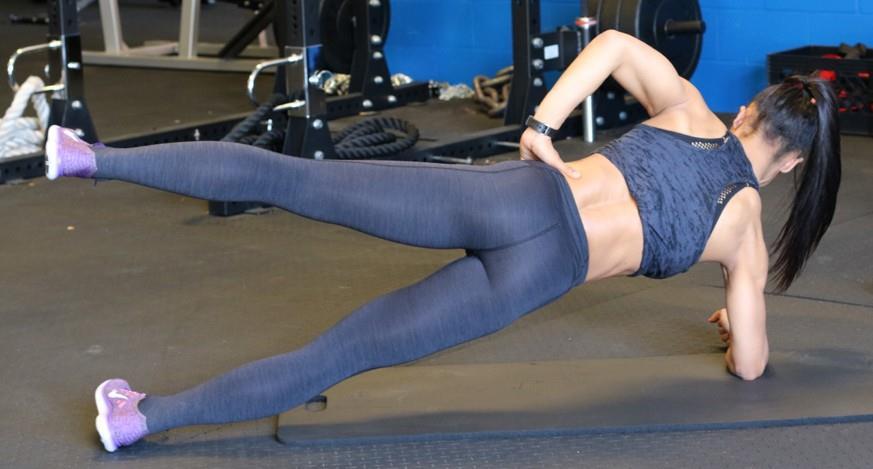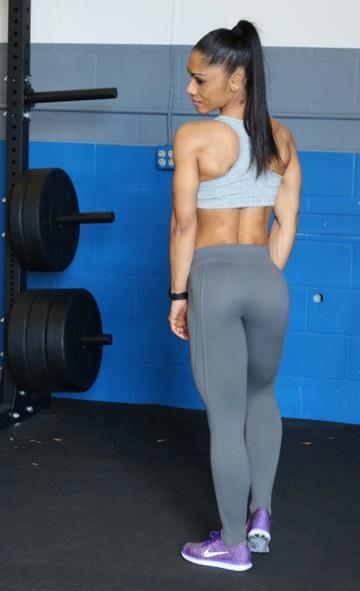
1 minute read
A DEEPER Look at the Glutes
ADEEPERLOOK ATTHEGLUTES

Advertisement
The Gluteus Maximus
The gluteus maximus muscle helps maintain your balance as you walk or run. As your leg comes forward and your heel hits the ground, this muscle tightens to slow down the forward movement of your leg and keep you balanced. When you run, this muscle tightens on the leg you are standing on to control the forward momentum of your trunk.
Although the quadriceps muscles on the front of your thighs primarily move your legs forward as you walk or run, the gluteus maximus muscle tightens to help

propel your body forward on hills or uneven surfaces. This muscle also lifts you from a squatted position and helps you climb stairs.
The Gluteus Medius
Pelvic stabilization is one of the most important roles of the gluteus medius. As you lift your leg to take a step, this muscle tightens on the stationary side to prevent your pelvis from dropping down when you pick your foot up. The gluteus medius originates on the top of the pelvis (iliac crest), runs from the front to the back of the pelvis, and then inserts into the femur (thigh bone).
In addition to stabilizing the pelvis, this muscle assists with externally rotating and bringing the leg bone out to the side (abducting). It also controls how far the pelvis sways from side to side when walking. These actions are particularly important for maintaining the integrity of hip function.

The Gluteus Minimus
This muscle is the smallest of the three gluteal muscles and is located a little bit in front of the gluteus medius. The main function of the gluteus minimus is to promote hip abduction and rotation of the thigh. It also helps in stabilizingthe pelvis when the opposite leg is raised above the ground. A secondary function of this muscle is to promote extension of the hips.


